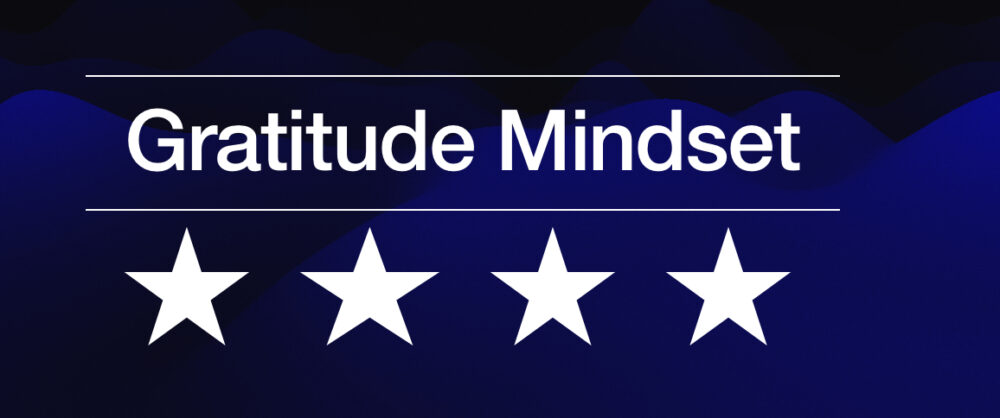“People have the potential to live longer than any other time in history. This gift of extra time requires that we fundamentally redefine retirement and our life journeys leading up to it.” What is “Retirement’? Transamerica Center for Retirement Studies
Financial Life Planning connects the dots between our financial realities, our values and the lives we long to live. It helps both pre-retirees and retirees identify their core values and connect them with their financial decisions and life goals. It is an financial planning and investing approach which helps people manage their portfolio.
 Financial life plan focuses on the human side of financial planning, including people’s anxiety, habits, behaviors and other emotions (e.g., fear and greed) tied to investing money and accumulating wealth. People struggling with retirement and other finances really need a plan that helps them manage their attitudes, habits, goals and resources.
Financial life plan focuses on the human side of financial planning, including people’s anxiety, habits, behaviors and other emotions (e.g., fear and greed) tied to investing money and accumulating wealth. People struggling with retirement and other finances really need a plan that helps them manage their attitudes, habits, goals and resources.
George Kinder, known to most as the “father” of the life planning, is the founder of Kinder Institute. He views life planning as “a way of holistically delivering financial planning that focuses on delving into people’s real goals, beyond just their financial concerns, in an effort to help them use their money to deliver freedom into their lives”.
Financial Life Planning combines personal finance and wellness. It spends time to discussing life planning and to building an intentional life. There is more to living a life of freedom and purpose than money and wealth. To live a life of freedom and purpose, people are encouraged to consider George Kinder’s famous Three Questions, which are:
Question 1: Design Your Life
“I want you to imagine that you are financially secure, that you have enough money to take care of your needs, now and in the future. The question is, how would you live your life? What would you do with the money? Would you change anything? Let yourself go. Don’t hold back your dreams. Describe a life that is complete, that is richly yours.”
Question 2: You have less time
“This time, you visit your doctor who tells you that you have five to ten years left to live. The good part is that you won’t ever feel sick. The bad news is that you will have no notice of the moment of your death. What will you do in the time you have remaining to live? Will you change your life, and how will you do it?”
Question 3: Today’s the day
“This time, your doctor shocks you with the news that you have only one day left to live. Notice what feelings arise as you confront your very real mortality. Ask yourself: What dreams will be left unfulfilled? What do I wish I had finished or had been? What do I wish I had done? ”
Society tends to attribute personal and professional success to the acquisition of material things and the accumulation of wealth. Most of us find ourselves inextricably caught in a cycle of earning, spending, and investing often induced by societal and peer pressures to fit into a perceived definition of success.
And in spite of this, how many times have we heard from even well-to-do friends, acquaintances and relatives that they are not exactly happy with how their lives have shaped up, how they don’t enjoy what they are doing, how they are drowning in debt or living paycheck to paycheck, or how they don’t have any time to pursue their dreams and interests?
If you look closely, there is a common undercurrent running across all these statements that we find ourselves ‘enslaved’ to a script or lifestyle broadcast by social media which was not exactly aligned to our values and innermost dreams.
No one ever wanted to spend more time in the office
“No one ever said on their deathbed ‘I wish I’d spent more time at the office.’ ” Harold Kushner
Having read many anecdotal reports regarding end of life issues, it is important what truly matters to most people in the end. Typically, people do not say that they wish they had earned more money, spent more time at work, or had one more side hustle.
Most often instead, they wish they had spent more time with family and friends. They had more experiences with those that they love. They had taken better care of their health and bodies over the decades. They had saved more and planned better for their retirement. And finally, they wanted to make sure that those they left behind would be taken care of once they were gone.
References:
- https://www.kiplinger.com/article/retirement/T023-C000-S004-retirees-build-a-financial-plan-based-on-you.html
- https://www.kinderinstitute.com
- https://www.kitces.com/blog/george-kinder-institute-life-planning-podcast-seven-stages-maturity/
- Podcast: #FASuccess Ep 015: Why Life Planning Is Simply Financial Planning Done Right With George Kinder
Like this:
Like Loading...



 Financial life plan focuses on the human side of financial planning, including people’s anxiety, habits, behaviors and other emotions (e.g., fear and greed) tied to investing money and accumulating wealth. People struggling with retirement and other finances really need a plan that helps them manage their attitudes, habits, goals and resources.
Financial life plan focuses on the human side of financial planning, including people’s anxiety, habits, behaviors and other emotions (e.g., fear and greed) tied to investing money and accumulating wealth. People struggling with retirement and other finances really need a plan that helps them manage their attitudes, habits, goals and resources.